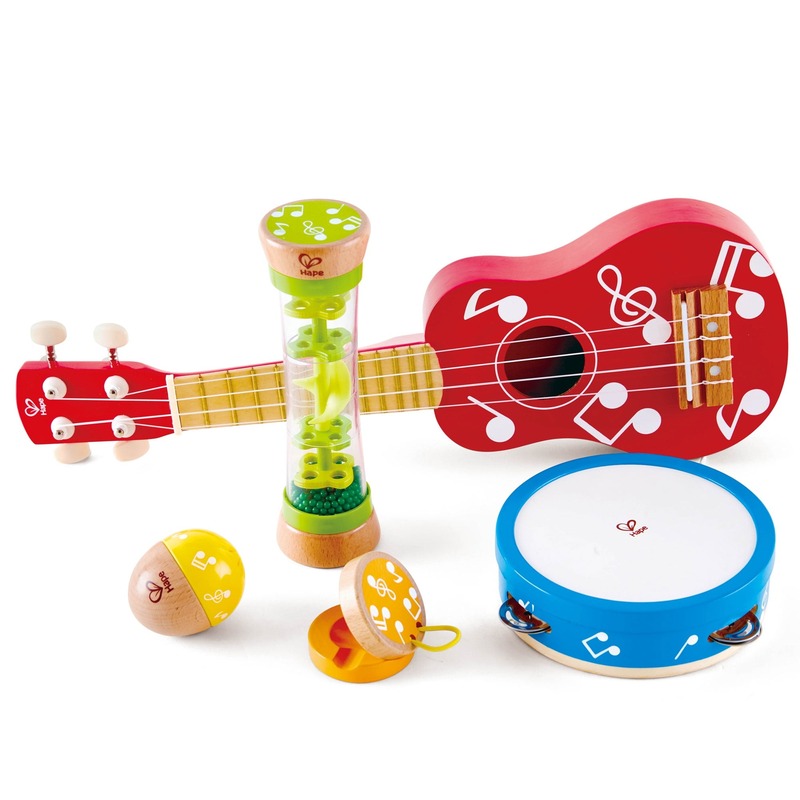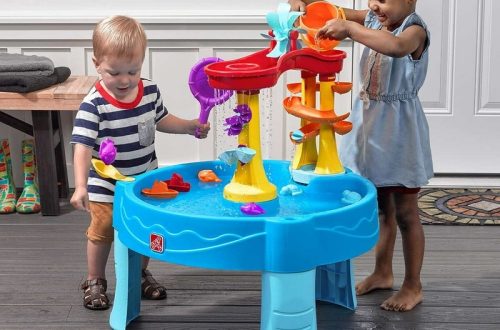The Importance of Musical Toys in Child Development
Introducing children’s musical toys early on has significant benefits. These toys spark creativity and imagination in young minds. By tapping into the world of rhythm and melody, kids learn valuable skills. They develop better motor skills as they grasp and manipulate different instruments. Their hand-eye coordination also improves. Moreover, musical toys engage multiple senses, which is key for cognitive growth.
Musical toys also play a vital role in emotional development. Children express themselves through the music they create. This helps them understand and manage their feelings. Playing with musical instruments can be a calming activity, reducing stress and frustration. It also boosts their social skills when they play with others. Sharing, taking turns, and collaborating are all part of the fun.
Language development is another crucial area where musical toys contribute. Children’s musical toys often come with songs and melodies that include words and phrases. Through repetition and engaging tunes, kids enhance their vocabulary and pronunciation. They also start to develop rhythm in speech, which is fundamental to effective communication.
Education is woven into the fabric of musical play. While having fun, children learn about cause and effect. They see how hitting a drum harder makes a louder sound, for example. Some musical toys even teach basic concepts of music theory, like pitch and tempo. This foundation can encourage a lifelong appreciation of music.
In summary, children’s musical toys are more than just playthings. They are instruments of learning that nurture growth in many essential developmental areas. Parents and educators should consider them a valuable addition to a child’s playtime arsenal.
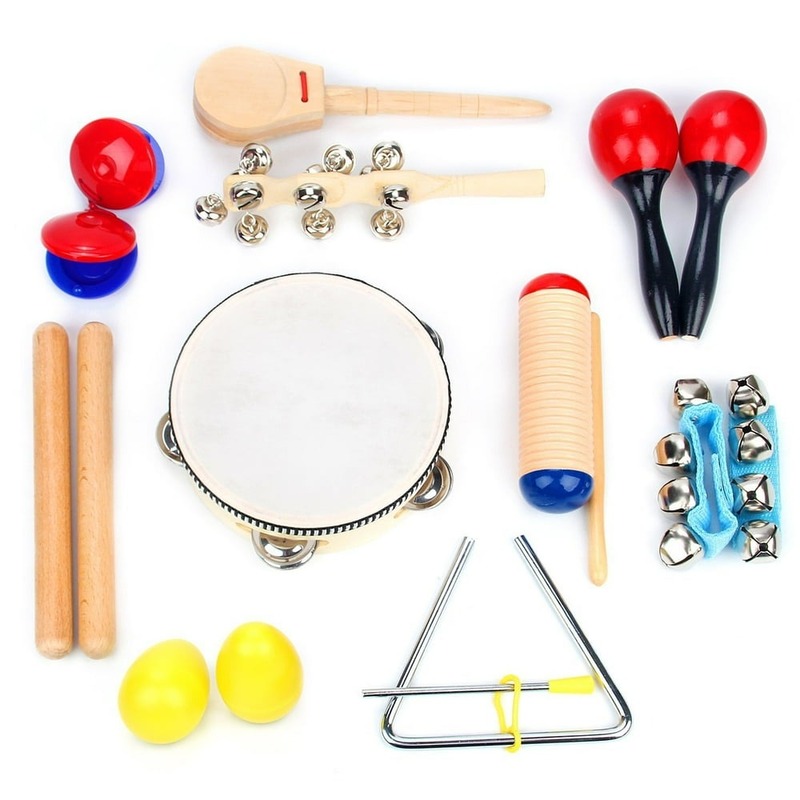
Top Categories of Children’s Musical Toys
Exploring the world of children’s musical toys reveals several popular categories. Each type offers unique benefits and ways for children to engage with music. Let’s delve into the top categories of musical toys that captivate the interest of young musicians.
Drums and Percussion Instruments
Drums and percussion instruments are amongst the most favored for kids. They are simple to use and great for improving coordination and rhythm. Children enjoy the immediate feedback as they hit the drums and create different sounds.
Wind Instruments for Kids
Wind instruments are excellent for teaching children about breath control and melody. Recorders, harmonicas, and toy trumpets are common first instruments. They help kids understand musical notes and the art of playing in tune.
String Instruments for Children
String instruments, such as ukuleles and mini-guitars, are perfect for small hands. They foster fine motor skills and an ear for harmony. Starting with simple plucking, children can progress to more complex chords over time.
Electronic and Digital Music Toys
Electronic and digital music toys bring technology into play. They often include features like pre-recorded tunes and sound effects. Kids can mix sounds, create their own music, and even learn about digital audio production.
Features to Look for in Children’s Musical Toys
Choosing the right children’s musical toys involves several key features. Parents and educators should look for toys that are safe, durable, educational, age-appropriate, and easy to maintain. Paying attention to these features ensures a beneficial and lasting musical experience for children.
Safety and Durability
When selecting musical toys for kids, safety comes first. Look for non-toxic materials and smooth edges to prevent injuries. Durability is also crucial. Toys should withstand rough play and last through the child’s growing years.
Educational Value
An ideal children’s musical toy offers more than fun. It should be educational. Toys that teach music basics or enhance cognitive skills are excellent choices. Aim for toys that foster learning through play.
Age Appropriateness
The toy must suit the child’s age. Young toddlers need simple, easy-to-handle instruments. Older children may enjoy more complex toys that challenge them. Always check the recommended age bracket before buying.
Ease of Use and Maintenance
Musical toys should be easy for children to use without frustration. They also need to be simple to clean and maintain. Parents and teachers will thank you for toys that don’t require complicated upkeep.
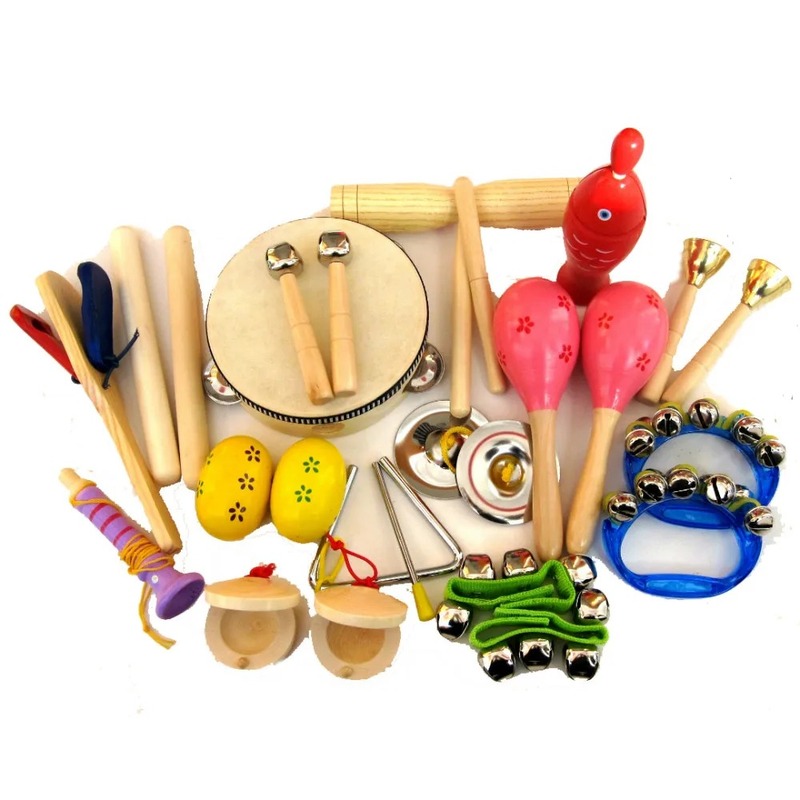
The Role of Technology in Modern Musical Toys
Technology has revolutionized the way children interact with musical toys. With advances in electronics, the range of musical toys has expanded, incorporating interactive and multifunctional features. These tech-driven toys allow children to experiment with sounds, recording, and even composing their own music.
Modern musical toys with technological enhancements appeal to the digital savvy generation. For instance, some toys come equipped with apps. These apps can teach children how to play an instrument or allow them to record and share their musical creations online. Touch-sensitive pads and motion sensors also add a layer of interaction and excitement. They let kids trigger sounds or effects with a simple tap or wave of their hands.
Toys that connect to digital libraries filled with diverse music genres expose children to a wider range of sounds and rhythms. Plus, many tech-based musical toys are now portable. This makes it easier for kids to take them wherever they go, be they car rides, visits to grandparents, or the local park.
An outstanding aspect of these toys is their ability to grow with the child. Many have adjustable settings that cater to different skill levels. They challenge kids as they develop, ensuring the toy remains relevant and engaging.
In summary, technology has infused children’s musical toys with new life. It expands what’s possible, giving birth to a whole new generation of interactive, educational, and entertaining musical experiences for kids.
Popular Brands and Their Standout Musical Toys
When shopping for children’s musical toys, certain brands stand out for their quality and innovative products. Parents and educators often prefer reputable brands that have a proven track record of safety, durability, and educational value. In this section, we’ll look at some of the leading brands in the industry.
Leading Brands Overview
First, Fisher-Price is a household name with a vast array of musical toys for various age groups. They combine bright colors, engaging sounds, and interactive features to capture children’s attention. Another significant player is VTech, known for their educational electronic toys that often incorporate music and sound into learning activities.
Melissa & Doug offer a range of classic wooden musical instruments. These toys are not only durable but also provide a more traditional feel to music play. LeapFrog is another top brand that excels in creating learning toys with a musical component, often designed to aid language and cognitive development.
Hape and B. Toys both stand out for their eco-friendly and innovative musical toys. They’re designed with a focus on sustainability, using materials that are safe for children and the environment.
Notable Products and Series
Among Fisher-Price’s most popular items is the classic Laugh & Learn Smart Stages Chair, which includes song and sound features. VTech’s KidiBeats Drum Set is a hit for its interactive drumming experience that teaches numbers and letters along with rhythms.
The Melissa & Doug Band-in-a-Box is a favorite for those seeking a variety of percussion instruments packaged together for ensemble play. LeapFrog’s My Own Leaptop is an excellent choice to introduce children to music through a fun, pretend laptop experience.
For eco-conscious parents, Hape’s Mighty Mini Band Wooden Percussion Instrument and B. Toys’ Symphony No.2 are excellent choices for their use of sustainable materials and their promotion of musical exploration.
In the world of children’s musical toys, these brands and products stand out for their commitment to enhancing children’s developmental journey through music. Each brings its own unique appeal and learning advantages to the table, ensuring there’s a perfect musical toy for every child out there.
Creative Ways to Integrate Musical Toys in Playtime
Finding new ways to bring musical toys into play can boost a child’s interest and skill development. Here are some creative strategies to make the most of children’s musical toys during playtime.
Encourage Group Play with Music
Group play with musical toys can enhance social skills. Invite kids to form a band. Each child picks an instrument. They take turns leading the group. This teaches sharing and teamwork.
Create a Musical Storytelling Session
Combine music with storytelling. Pick a story and assign sounds to certain actions or characters. As the story unfolds, kids play their instruments at the right moments. This activity sparks creativity and listening skills.
Incorporate Music into Daily Routines
Use musical toys to make daily tasks fun. Play a beat on a drum while tidying up toys. Or make up a clean-up song. These habits turn chores into enjoyable and rhythmic activities.
Host a Toy Instrument Making Day
Crafting instruments from household items is both eco-friendly and creative. Help kids build their drums from boxes or shakers from bottles. They learn to value resourcefulness and creativity.
Introduce Music and Movement Sessions
Organize playdates with music and dance. Children use their instruments while dancing to different tunes. This helps with motor skills and rhythm understanding.
Set Up a Music Exploration Corner
Dedicate a space in your home for musical exploration. Fill it with various musical toys. Kids can freely explore and discover sounds. This fosters independence and a love for music.
By integrating these creative methods, children’s time with musical toys become even more enriching and developmentally beneficial. The key is to keep the experiences fun and varied to maintain the child’s interest.
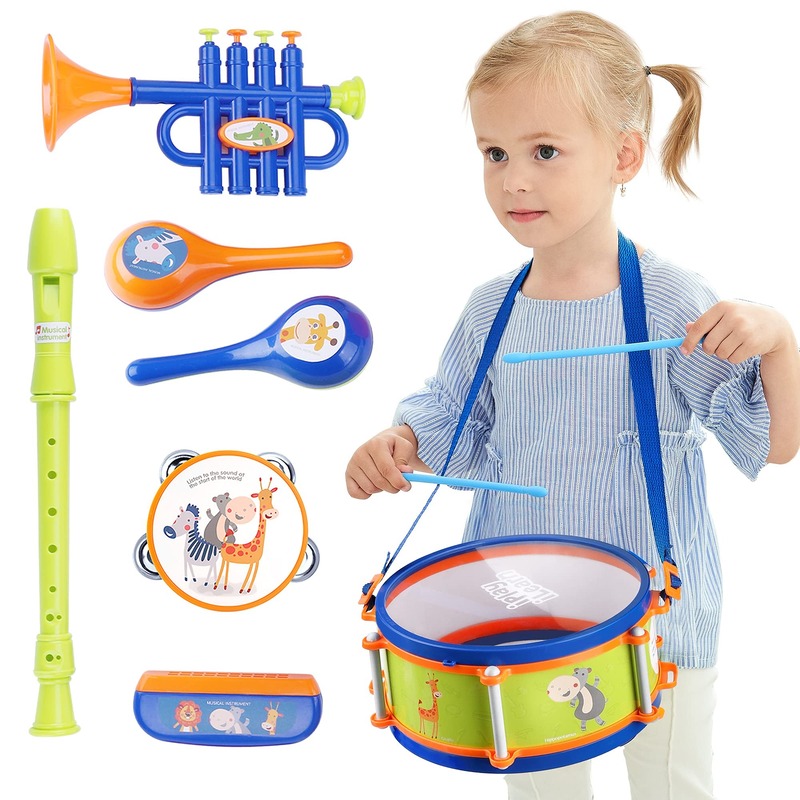
Benefits of Interactive Musical Toys for Different Age Groups
Interactive musical toys are wonderful tools that support a child’s development at any age. Each stage of childhood benefits differently from engaging with these toys.
Benefits for Toddlers
For toddlers, interactive musical toys can boost sensory development and hand-eye coordination. Simple press-and-play instruments help them link actions to sounds. Toddlers delight in discovering the cause and effect of pressing keys or buttons.
Benefits for Preschoolers
Preschoolers gain from toys that encourage counting, letters, and social participation. Toys with tunes that include lyrics expand their vocabulary and memory. Group play with instruments can help them learn about sharing and patience.
Benefits for School-Age Children
School-age children enjoy more complex interactive toys. These can teach the basics of music theory and composition. Playing these toys can enhance their problem-solving skills and encourage creative thinking.
Benefits for Preteens
Preteens can use musical toys to explore their musical interests deeper. Advanced toys challenge them to compose their own music. This can build self-esteem and provide a constructive outlet for their emotions.
Interactive musical toys adapt to a child’s growing abilities, offering a wealth of benefits that evolve with them. They’re not just for fun; they’re a significant part of childhood learning and development. Each child, at every age, can find joy and growth through playing with children’s musical toys.
